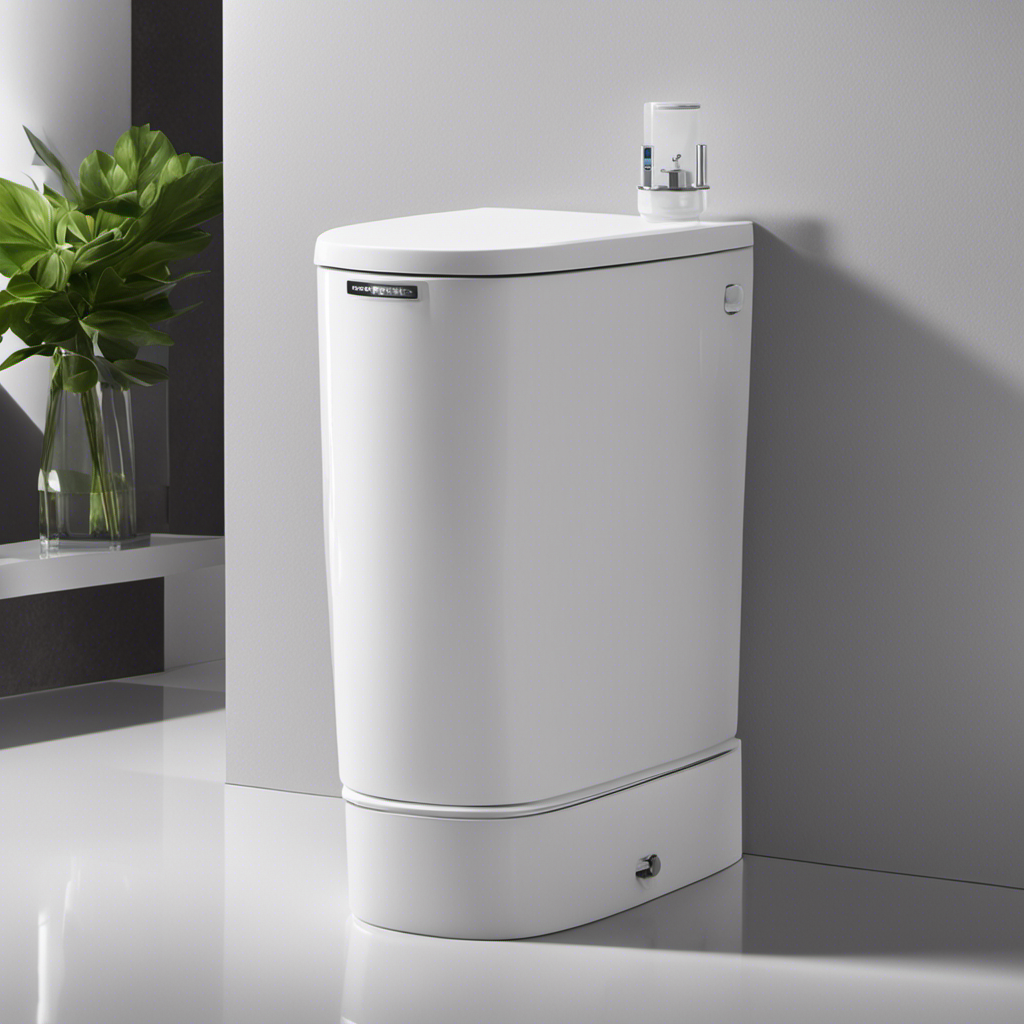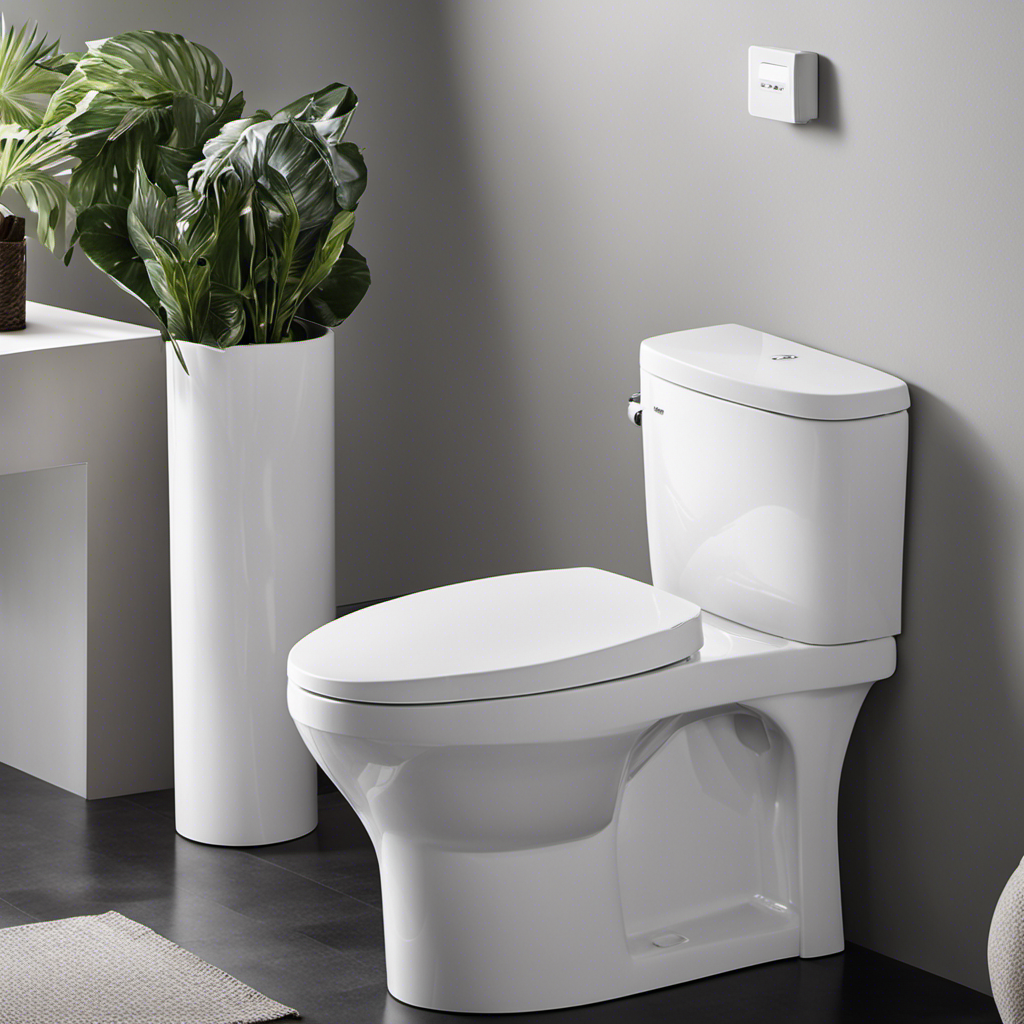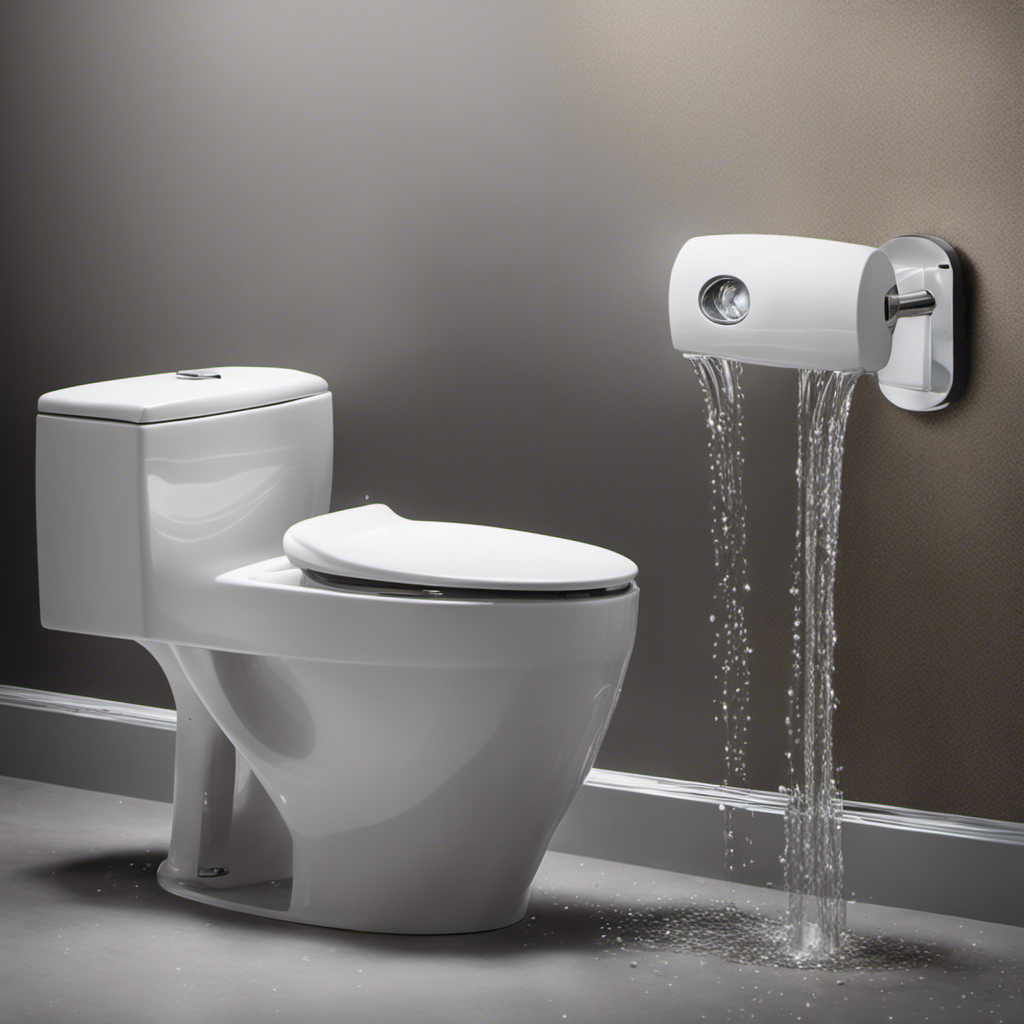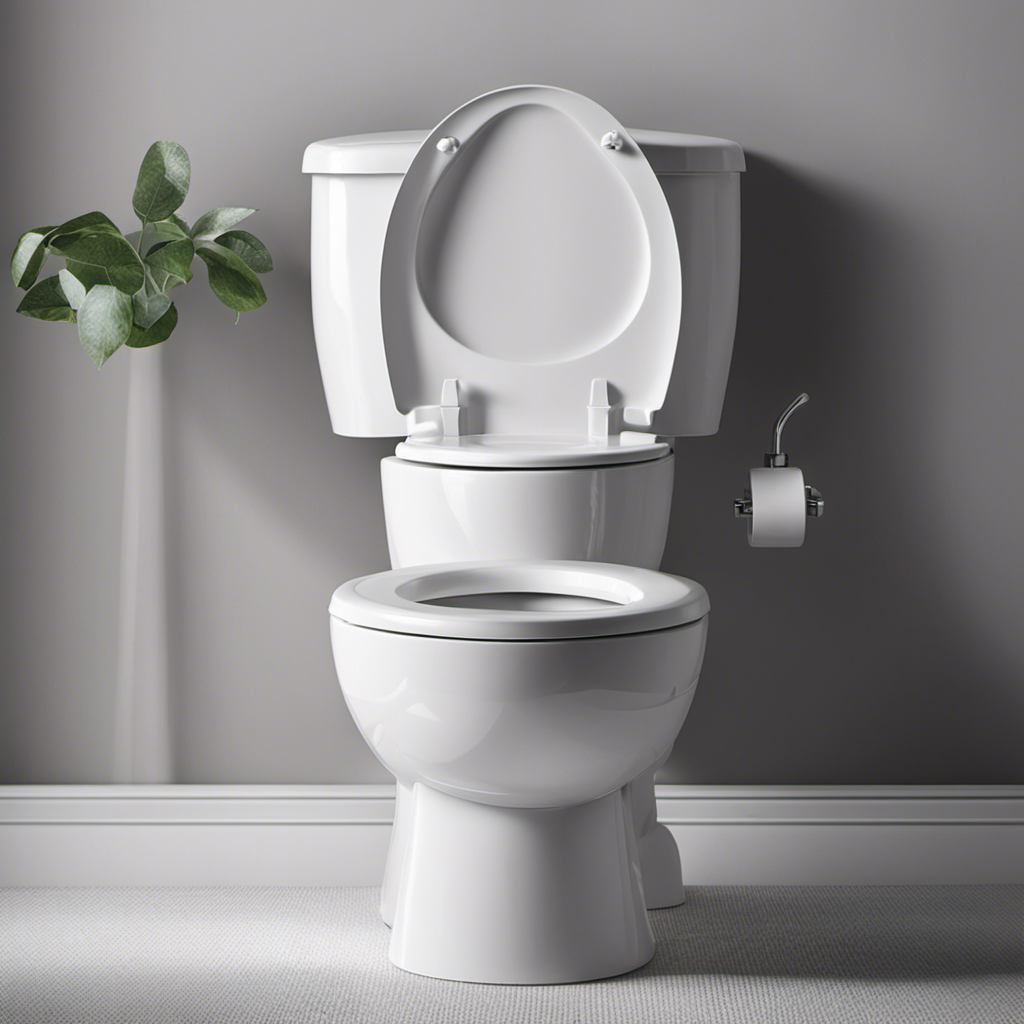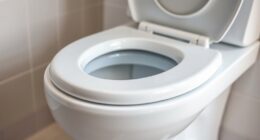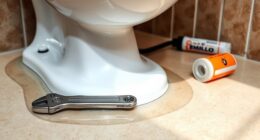Did you know that before the invention of toilet paper, people had to find other ways to clean themselves? It’s true! In fact, according to historical records, the average person in ancient civilizations used alternative materials for hygiene purposes.
From leaves and corn cobs to stones and even their own hands, the methods varied across cultures and time periods.
In this article, we will explore the fascinating history of what people used before toilet paper and how these practices have evolved over time.
Key Takeaways
- Before toilet paper, alternative materials such as leaves, corn cobs, stones, and broken pottery were commonly used for hygiene purposes.
- Different cultures have different hygiene practices, with some preferring the use of water through bidets or jugs, while others use handheld bidet sprays known as ‘bum guns’.
- The invention of flush toilets, development of sewage systems, water purification systems, and antibacterial soaps have greatly improved public health and cleanliness.
- Bidets are modern alternatives to toilet paper that provide better hygiene, reduce paper waste and water usage, and are beneficial for individuals with medical conditions or mobility issues.
Historical Context
Before toilet paper, people used materials such as leaves, corn cobs, or even their hand to clean themselves after using the bathroom. Hygiene practices and sanitary habits were quite different in the past compared to what we have today.
In ancient times, people relied on natural materials found in their surroundings to maintain cleanliness. Leaves were commonly used due to their availability and soft texture. However, they were not as effective in cleaning as toilet paper.
In some cultures, corn cobs were used, which provided a slightly better cleaning experience. Unfortunately, these methods were not as hygienic as modern toilet paper.
It’s interesting to note how sanitation practices have evolved over time, leading to the development of more convenient and effective solutions for personal hygiene.
Ancient Solutions
Ancient civilizations utilized various alternatives for toilet paper. In ancient times, people relied on a variety of materials to maintain their hygiene practices.
For instance, the ancient Greeks used stones and pieces of broken pottery to clean themselves after using the bathroom. The Romans, on the other hand, preferred the use of a sponge attached to a stick, which they would dip in water and then use to clean themselves.
These methods may seem crude by today’s standards, but they were effective in their time. However, it is important to note that these practices had a significant environmental impact.
The use of stones and pottery created waste that was not easily disposed of, while the Roman method of using sponges led to a high demand for natural sea sponges, which had to be harvested from the ocean, impacting marine ecosystems.
Cultural Practices
People in different cultures have developed unique practices for maintaining personal hygiene. Sanitation practices and hygiene habits vary greatly across the world.
In some cultures, the use of water is preferred over toilet paper for cleaning oneself after using the bathroom. This is commonly seen in countries like India and parts of the Middle East, where a bidet or a jug of water is used instead. Additionally, in many Asian cultures, the use of a handheld bidet spray, known as a ‘bum gun,’ is popular.
These practices highlight the importance of cleanliness and personal hygiene in different cultures. Moving forward, it is interesting to explore the innovations over time that have led to the development of modern sanitation practices.
Innovations Over Time
You might be surprised to learn about the innovations that have shaped modern sanitation practices over time. These advancements have greatly improved our sanitary habits and hygiene practices.
Here are four key innovations that have had a significant impact:
-
The invention of flush toilets revolutionized sanitation. This allowed for the disposal of waste in a more efficient and hygienic manner.
-
The development of sewage systems helped to prevent the spread of diseases by safely transporting waste away from populated areas.
-
The introduction of water purification systems ensured that the water we use for washing and drinking is clean and free from harmful bacteria.
-
The creation of antibacterial soaps and disinfectants has further enhanced our ability to maintain good hygiene and prevent the spread of germs.
These innovations have played a crucial role in improving public health and promoting cleanliness in our daily lives.
Modern Alternatives
Modern alternatives to traditional toilet paper include bidets, which use water to cleanse after using the bathroom. Bidets are becoming increasingly popular as they offer a more eco-friendly option compared to using toilet paper.
Not only do bidets reduce the amount of paper waste generated, but they also save on water usage in the long run. Additionally, bidets provide several health considerations. They ensure better hygiene by effectively cleaning the area without causing any irritation or damage to the skin.
Bidets can also be beneficial for individuals with certain medical conditions or mobility issues, as they provide a more comfortable and efficient cleaning method. Overall, bidets offer a convenient and sustainable option for maintaining cleanliness and promoting good health in the bathroom.
Frequently Asked Questions
How Did People in Ancient Times Clean Themselves After Using the Bathroom?
Historical practices and cultural variations of cleanliness after bathroom use varied greatly in ancient times. Water, leaves, stones, and even corn cobs were used. It’s fascinating to see how different cultures approached this basic human need.
Were There Any Health Risks Associated With Using Alternative Methods Instead of Toilet Paper?
There were potential health risks associated with using alternative methods instead of toilet paper due to lack of hygiene. Cultural practices varied, but cleanliness and sanitation were important for overall well-being.
Did Different Cultures Have Different Practices for Personal Hygiene?
Cultural variations in personal hygiene practices throughout history were fascinating. From ancient Romans using communal sponge sticks to Japanese using hand-held bidets, it’s intriguing to see how different cultures approached cleanliness.
When Did Toilet Paper Start to Become Widely Used?
Toilet paper’s origins can be traced back to ancient China in the 6th century. However, different cultures had their own practices for personal hygiene, such as using water, leaves, or even stones.
What Are Some Modern Alternatives to Traditional Toilet Paper?
Bidets provide a refreshing and hygienic alternative to traditional toilet paper. They offer a thorough clean using water, reducing the need for excessive paper waste. Additionally, there are eco-friendly options like bamboo toilet paper or reusable cloth wipes.
Conclusion
So there you have it, the fascinating journey through the history of toilet paper alternatives.
From ancient civilizations using stones, leaves, and even corn cobs, to the cultural practices of using water and the invention of the bidet.
It’s ironic to think that something as simple as toilet paper has evolved so much over time.
We’ve come a long way, but it’s important to remember and appreciate the innovations of the past.
Next time you reach for that roll of soft, white paper, take a moment to ponder the ingenuity and creativity of our ancestors.

